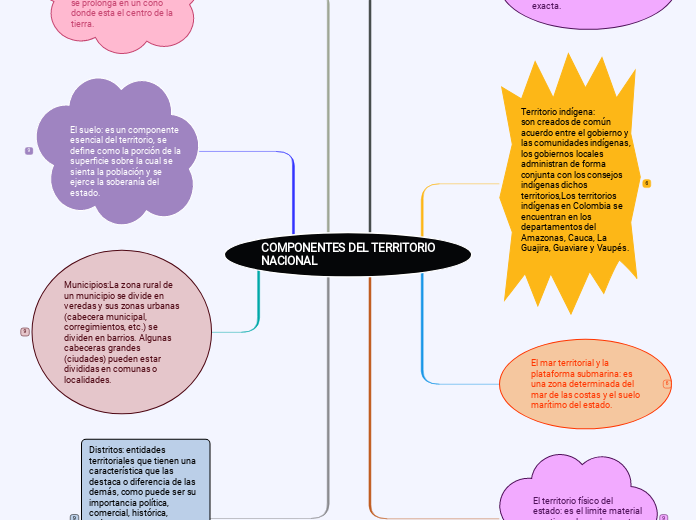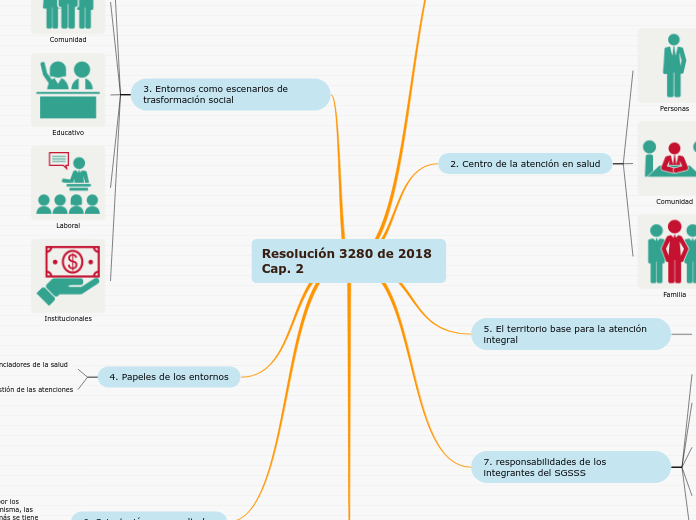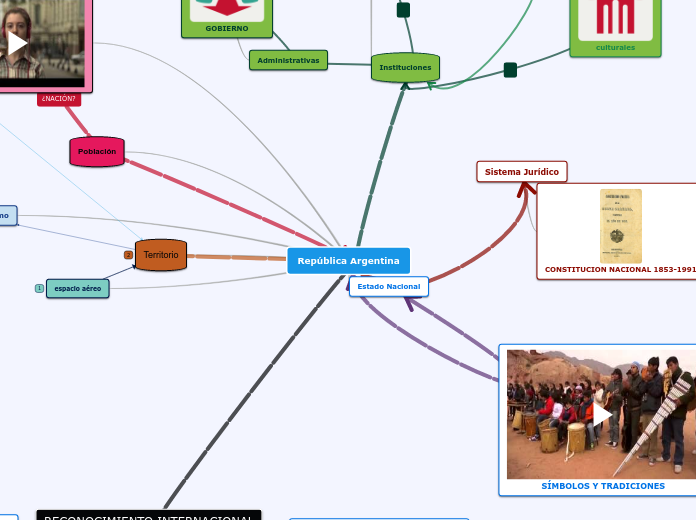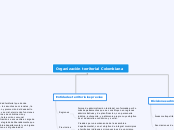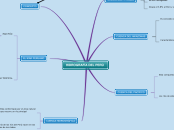COMPONENTES DEL TERRITORIO
NACIONAL
The Solar System is the gravitationally bound system of the Sun and the objects that orbit it, either directly or indirectly. Of the objects that orbit the Sun directly, the largest are the eight planets, with the remainder being smaller objects, the dwarf planets, and small Solar System bodies.
Distritos: entidades
territoriales que tienen una
característica que las
destaca o diferencia de las
demás, como puede ser su
importancia política,
comercial, histórica,
turística, cultural,
industrial, ambiental,
portuaria, universitaria o
fronteriza. como por
ejemplo:
Cartagena,Barranquilla,Bog
otá,Santa Marta entre otros.
Saturn is known most for its rings.
Galileo Galilei first thought it was an object with three parts: a planet and two large moons on either side.
Not knowing he was seeing a planet with rings, the stumped astronomer entered a small drawing — a symbol with one large circle and two smaller ones — in his notebook.
The rings are made of ice and rock and scientists are not yet sure how they formed. The gaseous planet is mostly hydrogen and helium.
Saturn has over 150 moons and satellites. However, of these vast numbers of moons, only 62 are known and confirmed as moons.
Name at least 5 of these moons.
How long does it take for Saturn to go around the sun?
A planet's day is the time it takes the planet to rotate or spin once on its axis.
Write down Saturn's day measured in Earth days.
Municipios:La zona rural de
un municipio se divide en
veredas y sus zonas urbanas
(cabecera municipal,
corregimientos, etc.) se
dividen en barrios. Algunas
cabeceras grandes
(ciudades) pueden estar
divididas en comunas o
localidades.
Uranus is an oddball. It has clouds made of hydrogen sulfide, the same chemical that makes rotten eggs smell so foul.
It rotates from east to west like Venus. Its tilt causes extreme seasons that last 20-plus years, and the sun beats down on one pole or the other for 84 Earth-years at a time.
Methane in the atmosphere gives Uranus its blue-green tint. It also has 13 sets of faint rings.
Uranus has 27 moons that we know of. Five of the moons are large and the rest are much smaller.
Name these 5 moons.
How long does it take for Uranus to go around the sun?
A planet's day is the time it takes the planet to rotate or spin once on its axis.
Write down Uranus's day measured in Earth days.
El suelo: es un componente
esencial del territorio, se
define como la porción de la
superficie sobre la cual se
sienta la población y se
ejerce la soberanía del
estado.
Neptune is about the size of Uranus and is known for supersonic strong winds.
Neptune is far out and cold.
The planet is more than 30 times as far from the sun as Earth.
Neptune was the first planet predicted to exist by using math, before it was visually detected. Neptune is about 17 times as massive as Earth and has a rocky core.
Neptune has thirteen moons that we know of and one more waiting for confirmation.
The largest moon is slightly smaller than Earth's Moon and has active volcanoes which erupt like geysers and eject nitrogen frost over the surface.
Name this moon and at least 4 others.
How long does it take for Neptune to go around the sun?
A planet's day is the time it takes the planet to rotate or spin once on its axis.
Write down Neptune's day measured in Earth days.
El subsuelo: esta constituida
por la dimensión que se
encuentra debajo del suelo y
se prolonga en un cono
donde esta el centro de la
tierra.
It was once considered a planet but in August 2006 the International Astronomical Union (IAU) downgraded the status of Pluto to that of “dwarf planet.”
Pluto is unlike other planets in many respects. It is smaller than Earth's moon; its orbit is highly elliptical.
It's a cold, rocky world with a tenuous atmosphere. Pluto is a very active ice world that's covered in glaciers, mountains of ice water, icy dunes, and possibly even cryovolcanoes that erupt icy lava made of water, methane or ammonia.
The dwarf planet Pluto has five moons.
Name these moons.
A planet's day is the time it takes the planet to rotate or spin once on its axis.
Write down Pluto's day measured in Earth days.
How long does it take for Pluto to go around the sun?
El territorio físico del
estado: es el limite material
que tienes los gobernantes
permitiendo les saber hasta
que punto pueden llegar
estos a gobernar.
Jupiter is a giant gas world that is the most massive planet in our solar system.
Its swirling clouds are colorful due to different types of trace gases.
And a major feature in its swirling clouds is the Great Red Spot, a giant storm more than 10,000 miles wide. It has raged at more than 400 mph for the last 150 years, at least.
Jupiter has a strong magnetic field, and with 75 moons, it looks a bit like a miniature solar system.
Moons
Jupiter has a strong magnetic field, and with 75 moons, it looks a bit like a miniature solar system.
Name the 4 most known moons.
Moon name
How long does it take for Jupiter to go around the sun?
A planet's day is the time it takes the planet to rotate or spin once on its axis.
Write down Jupiter's day measured in Earth days.
El mar territorial y la
plataforma submarina: es
una zona determinada del
mar de las costas y el suelo
marítimo del estado.
Earth is a water world, with two-thirds of the planet covered by oceans.
It's the only world known to harbor life.
Earth's atmosphere is rich in nitrogen and oxygen.
Its name originates from 'Die Erde,' the German word for 'the ground.'
Earth may once have had two moons, nowadays it has just one.
How long does it take for Earth to go around the sun?
A planet's day is the time it takes the planet to rotate or spin once on its axis.
Write down the Earth's day in hours.
How many hours
Territorio indígena:
son creados de común
acuerdo entre el gobierno y
las comunidades indígenas,
los gobiernos locales
administran de forma
conjunta con los consejos
indígenas dichos
territorios,Los territorios
indígenas en Colombia se
encuentran en los
departamentos del
Amazonas, Cauca, La
Guajira, Guaviare y Vaupés.
Venus is Earth's twin in size and has no moons.
Its surface has various mountains and volcanoes. Because of its thick, toxic atmosphere that's made of sulfuric acid clouds, Venus is an extreme example of the greenhouse effect. The average temperature on Venus' surface is 900 F (465 C).
Venus spins slowly from east to west, the opposite direction to most of the other planets.
The Greeks believed Venus was two different objects — one in the morning sky and another in the evening. Because it is often brighter than any other object in the sky, Venus has generated many UFO reports.
How long does it take for Venus to go around the sun?
A planet's day is the time it takes the planet to rotate or spin once on its axis.
Write down Venus's day measured in Earth days.
El espacio aéreo:esta
constituido por la atmósfera
que cubre el territorio
donde su de limitación no es
exacta.
Mercury is the smallest, only a little bit larger than Earth's moon. Mercury has no moon.
It experiences dramatic changes in its day and night temperatures: Day temperatures can reach a scorching 840 F (450 C), which is hot enough to melt lead. Meanwhile, on the night side, temperatures drop to minus 290 F (minus 180 C).
It also has a very thin atmosphere of oxygen, sodium, hydrogen, helium, and potassium and can't break-up incoming meteors, so its surface is pockmarked with craters, just like the moon.
Orbit around the Sun
How long does it take for Mercury to go around the sun?
How many days
Day
A planet's day is the time it takes the planet to rotate or spin once on its axis.
Write down Mercury's day measured in Earth days.
How many Earth days
Position from the sun
Our Solar System has eight “official” planets which orbit the Sun.
Each planet is at a different distance from the sun. Name its position.
Position
